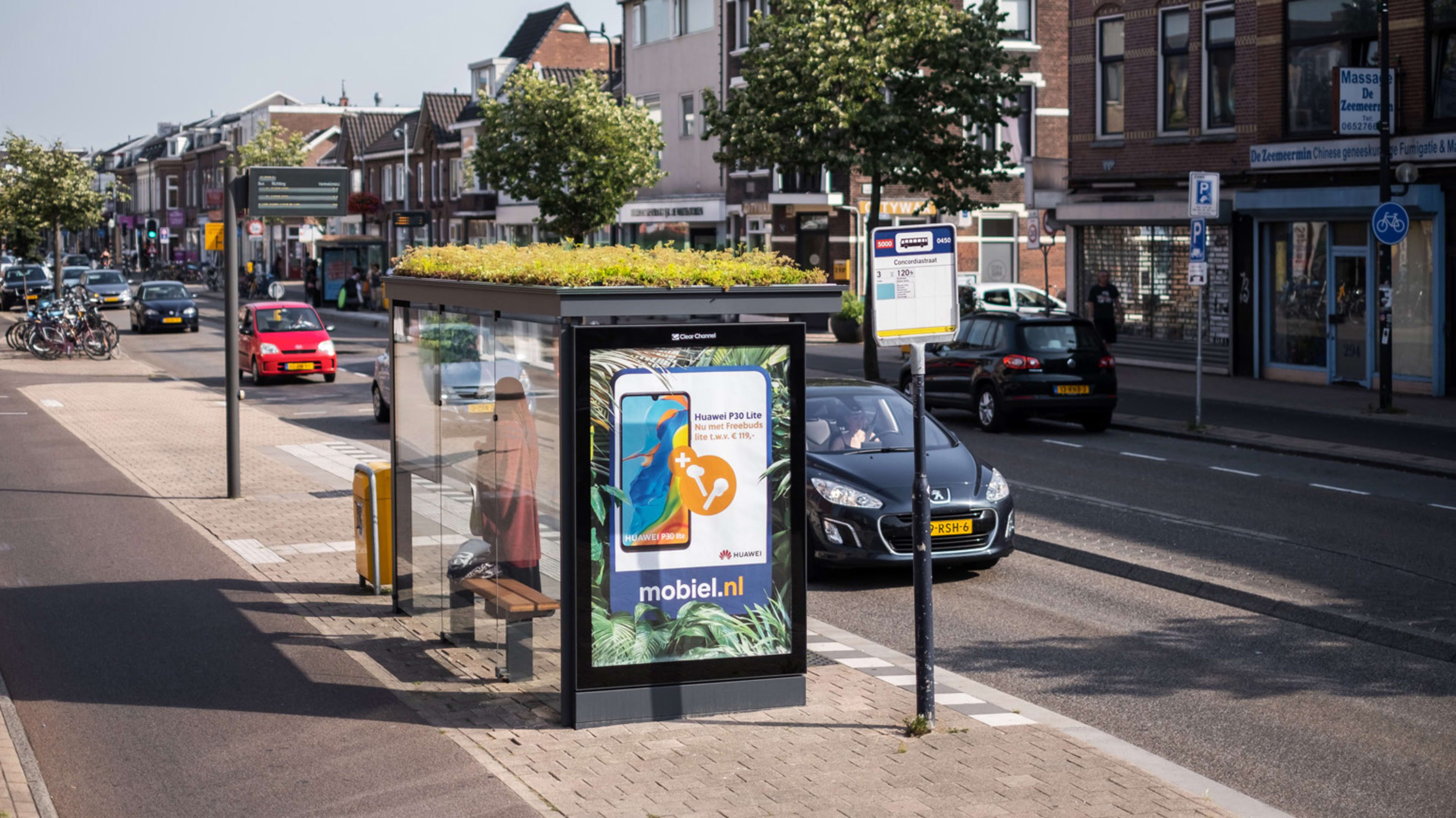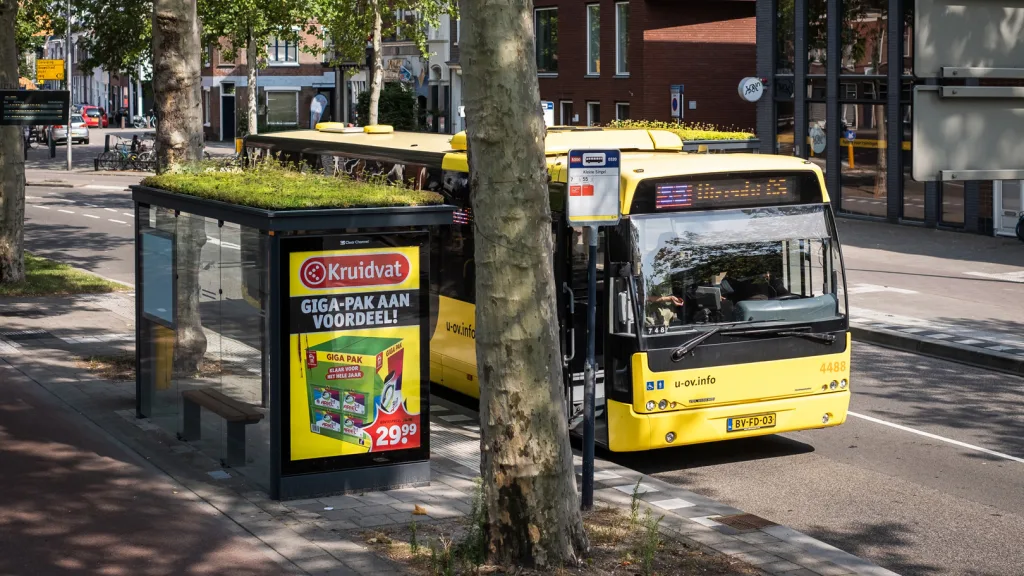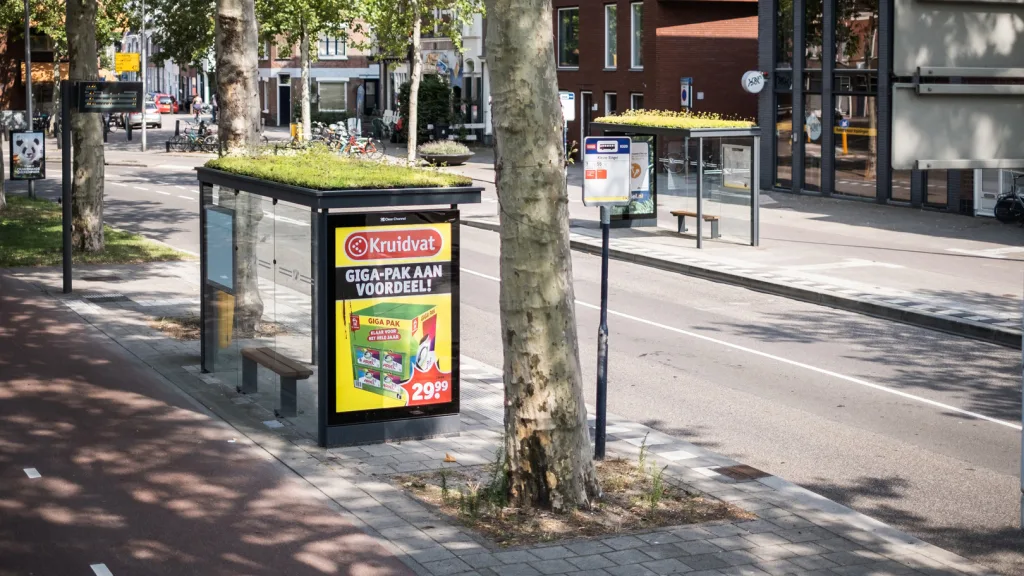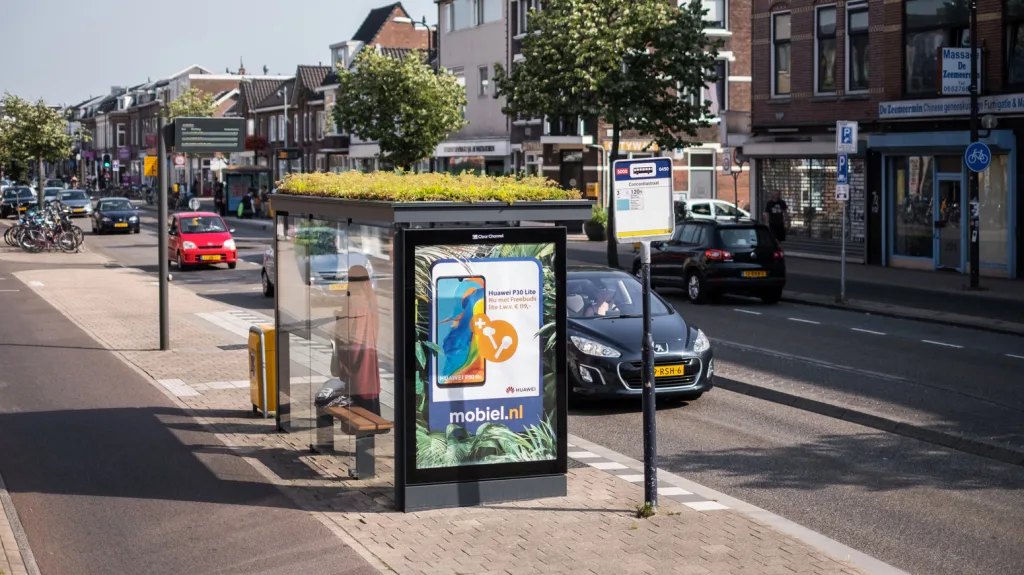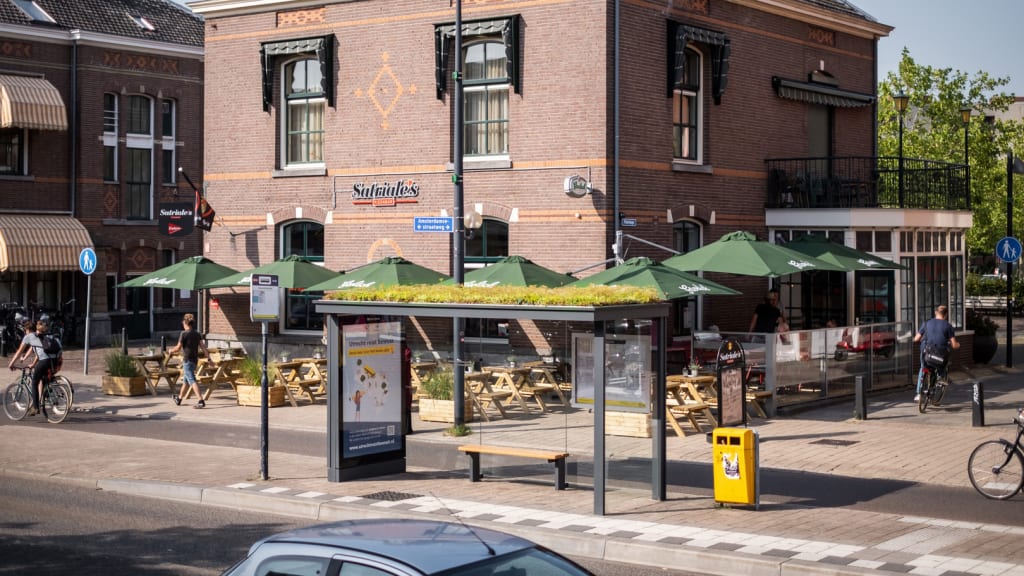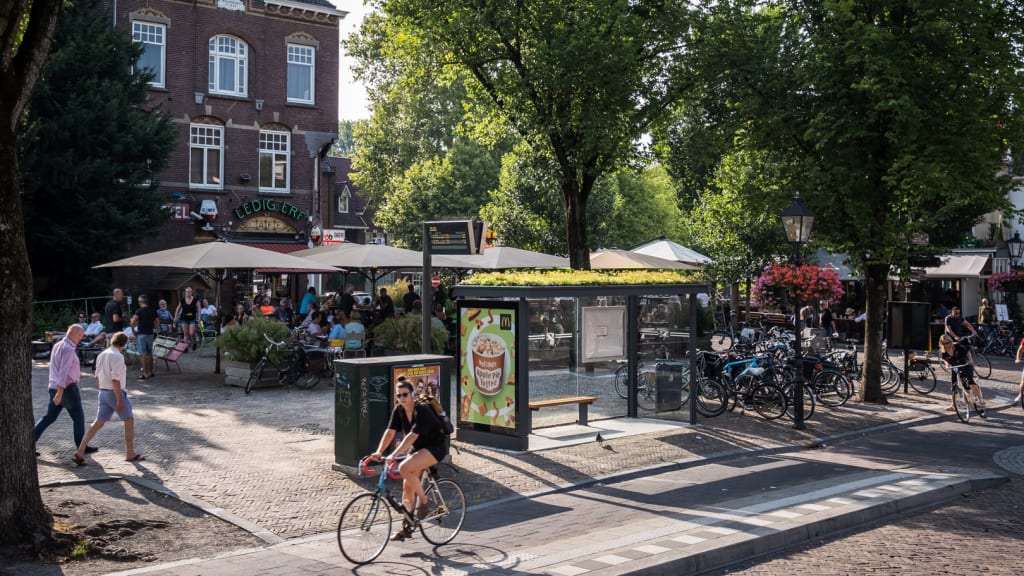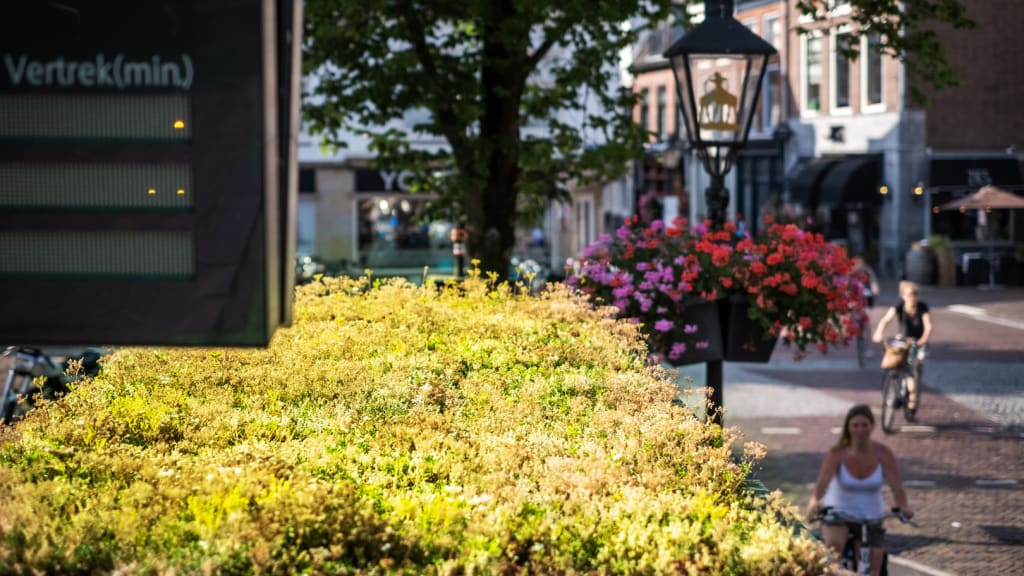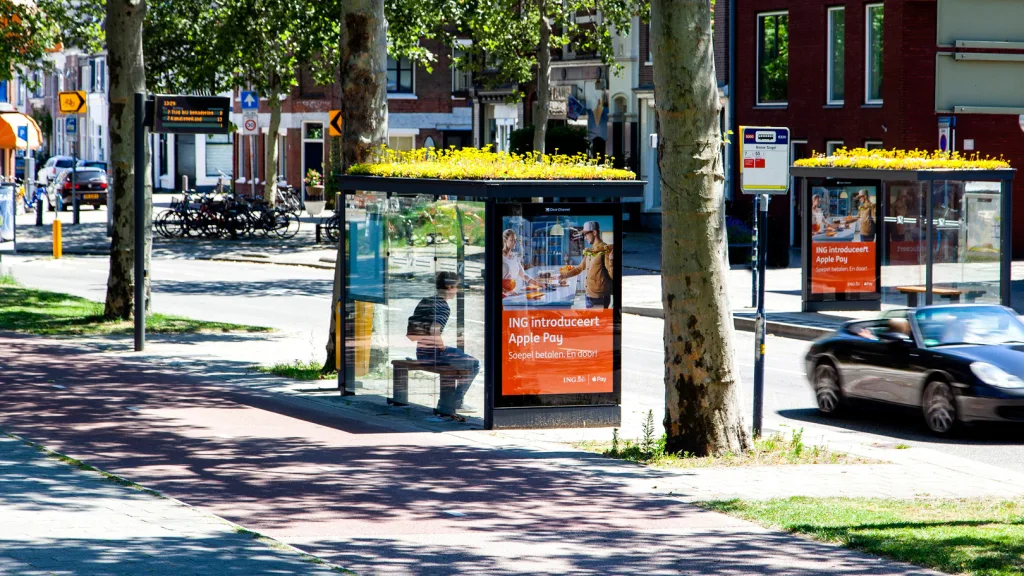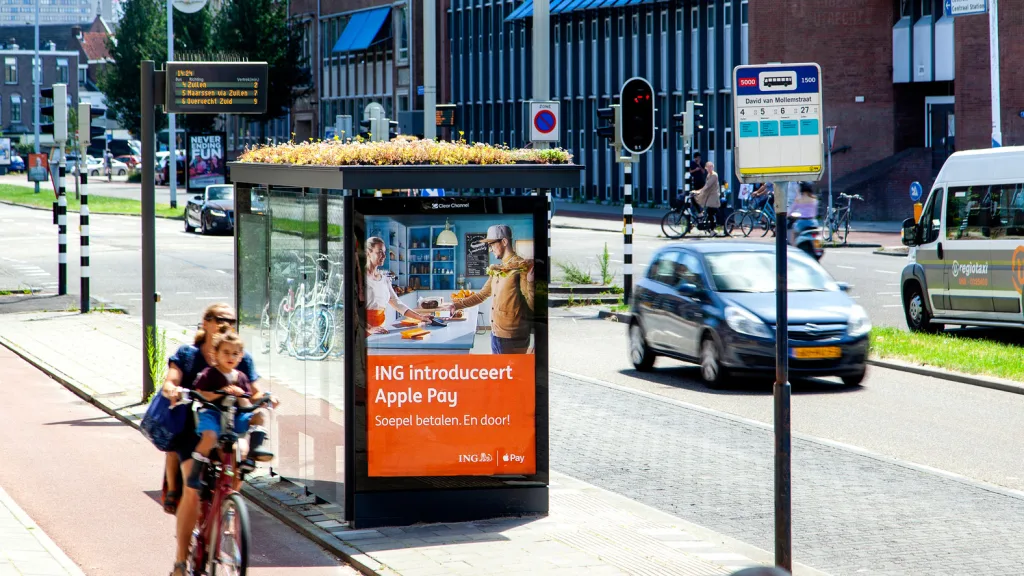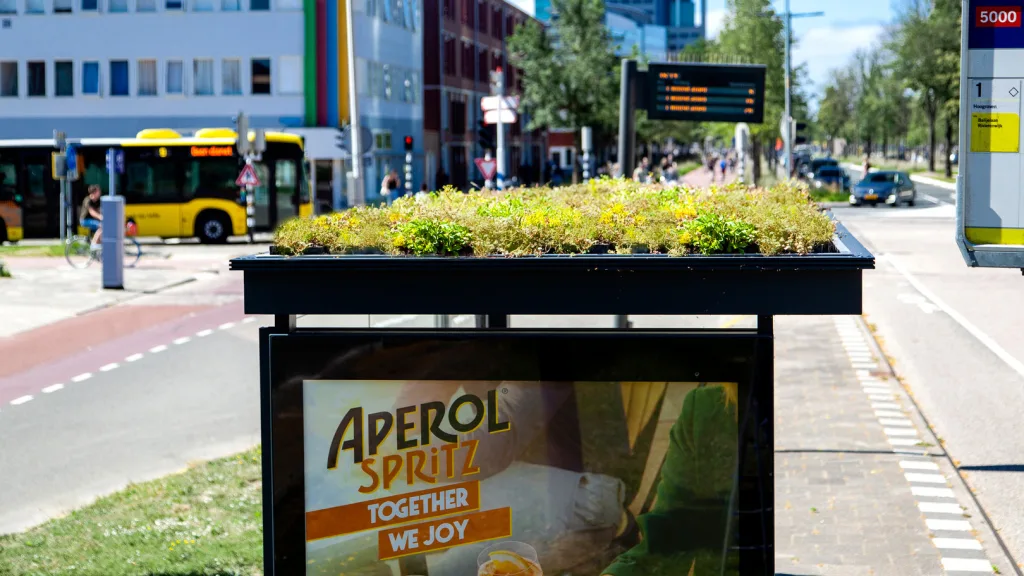In the Dutch city of Utrecht, the roofs of hundreds of bus stops were recently covered with low-growing succulent plants called sedum. It’s not to make them look good (though it does). It’s to create new habitats for bees and butterflies in the middle of the city.
In the Netherlands, as in other parts of the world, insect populations have fallen sharply over the last two decades; in one nature reserve, the number of some insects dropped in half. Many insects are endangered. Adding greenery back into paved-over cities can’t fully address the problem, but more urban biodiversity could help. The city also recognizes that installing green roofs has other benefits.
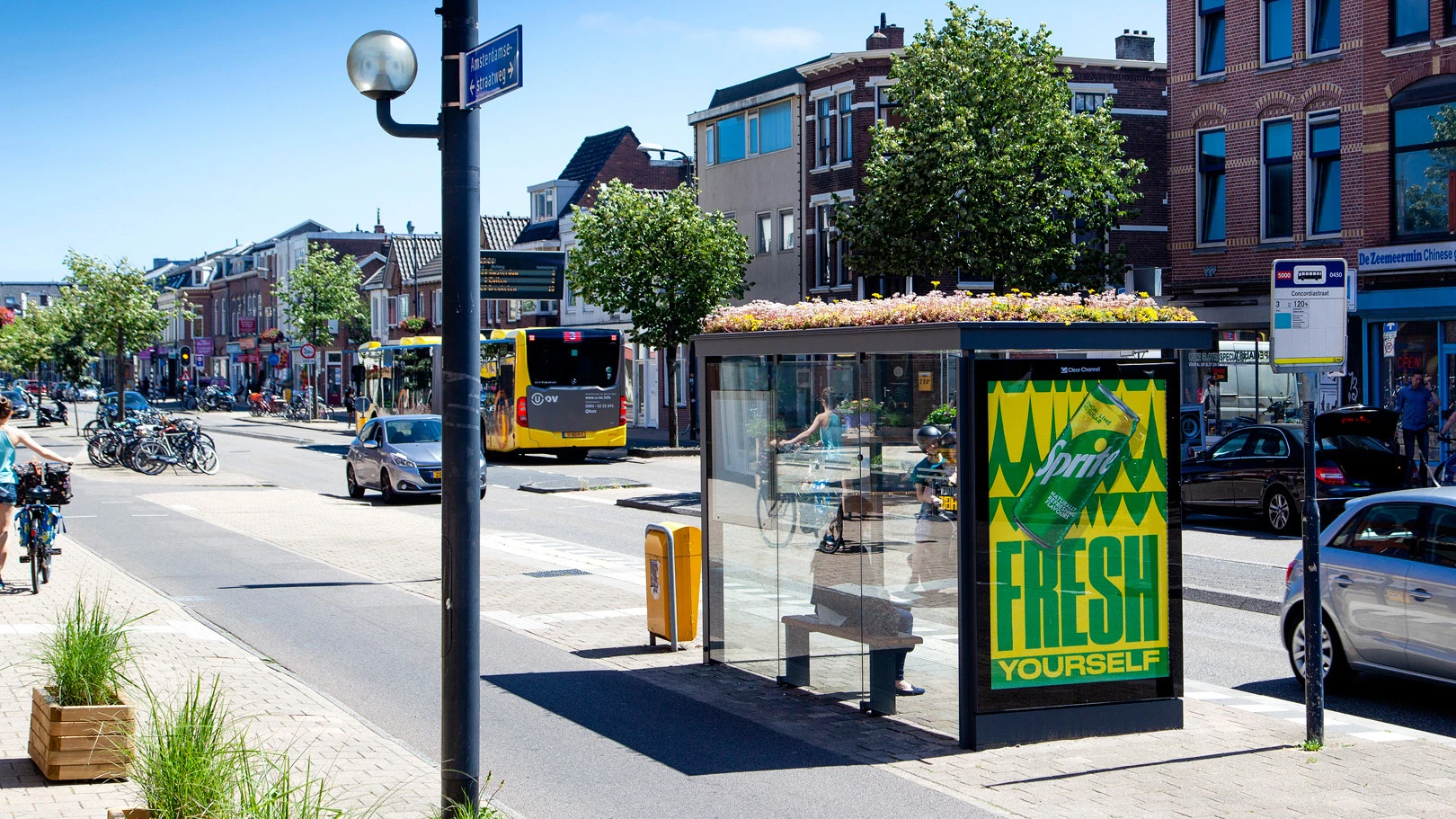
Heavy rains are becoming more common because of climate change, and extra green space can help soak up some of the water to prevent flooding. During heat waves, greenery has a cooling effect (the Netherlands, like many other places around the world, broke all-time heat records in July). The tiny bus-stop gardens can also help improve air quality. “The sedum filters the air, catches fine dust, and in this way, improves the quality of the air,” says Annelies Kieboom from Mobilane, the company that supplied green roof “cassettes” to the bus-stop operators, RBL and Clear Channel. “Even for small areas, it’s useful.”
The companies designed the stops in response to a request from the city for infrastructure that could help with “healthy urban living.” The plants need little maintenance, other than a little fertilizer in the spring and pruning in the fall. They’re now in place at 316 stops, while 96 other bus stops have solar panels instead. It’s one example—like rooftop housing or housing designed for vacant lots—of taking advantage of urban space that would otherwise be unused. Utrecht also offers homeowners subsidies to install green roofs on houses. The city continues to add better urban infrastructure of all kinds: At the central train station, for example, the largest bike-parking garage in the world is nearly complete, with space for 12,500 bicycles.
Recognize your brand’s excellence by applying to this year’s Brands That Matter Awards before the early-rate deadline, May 3.
